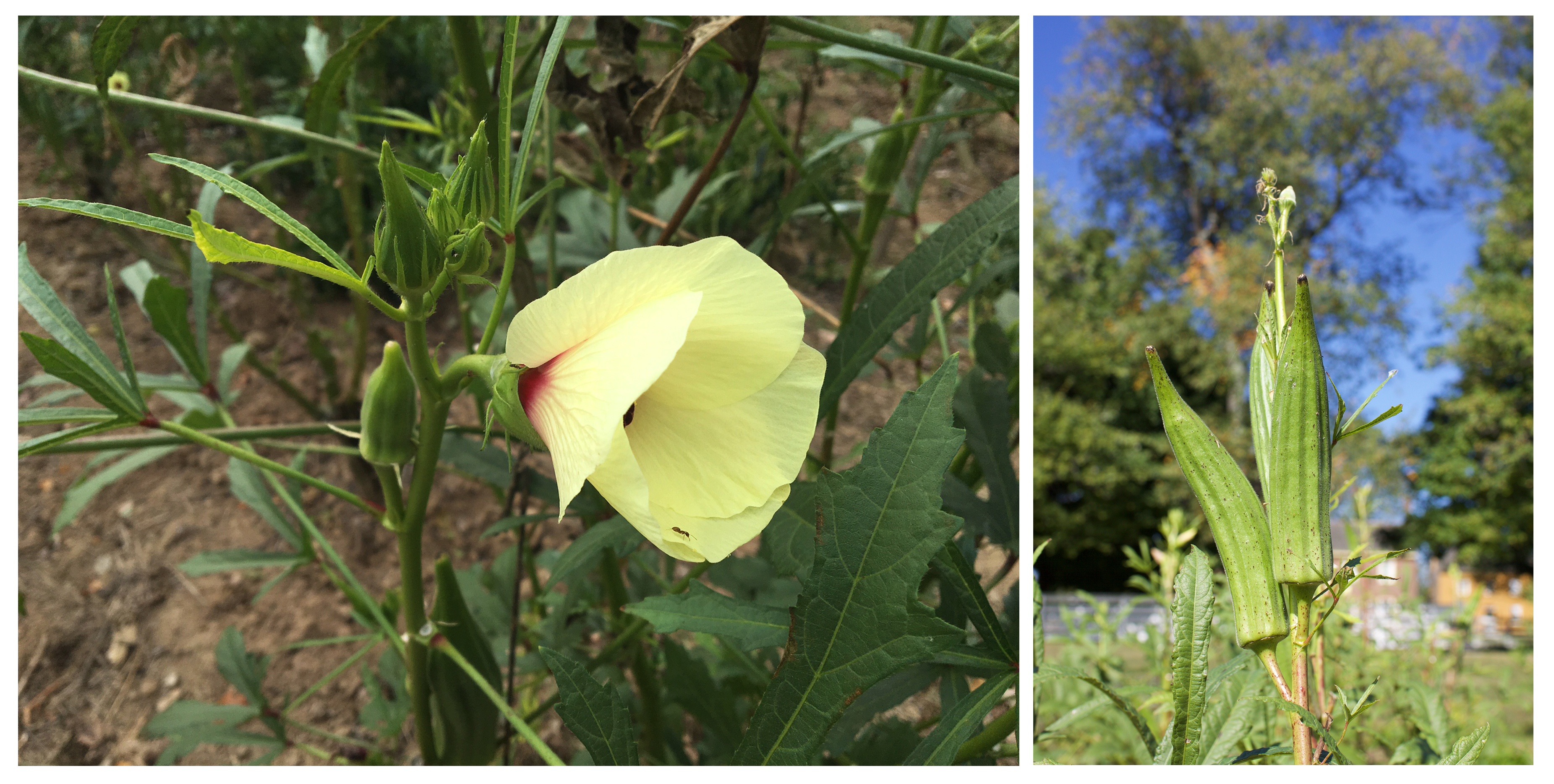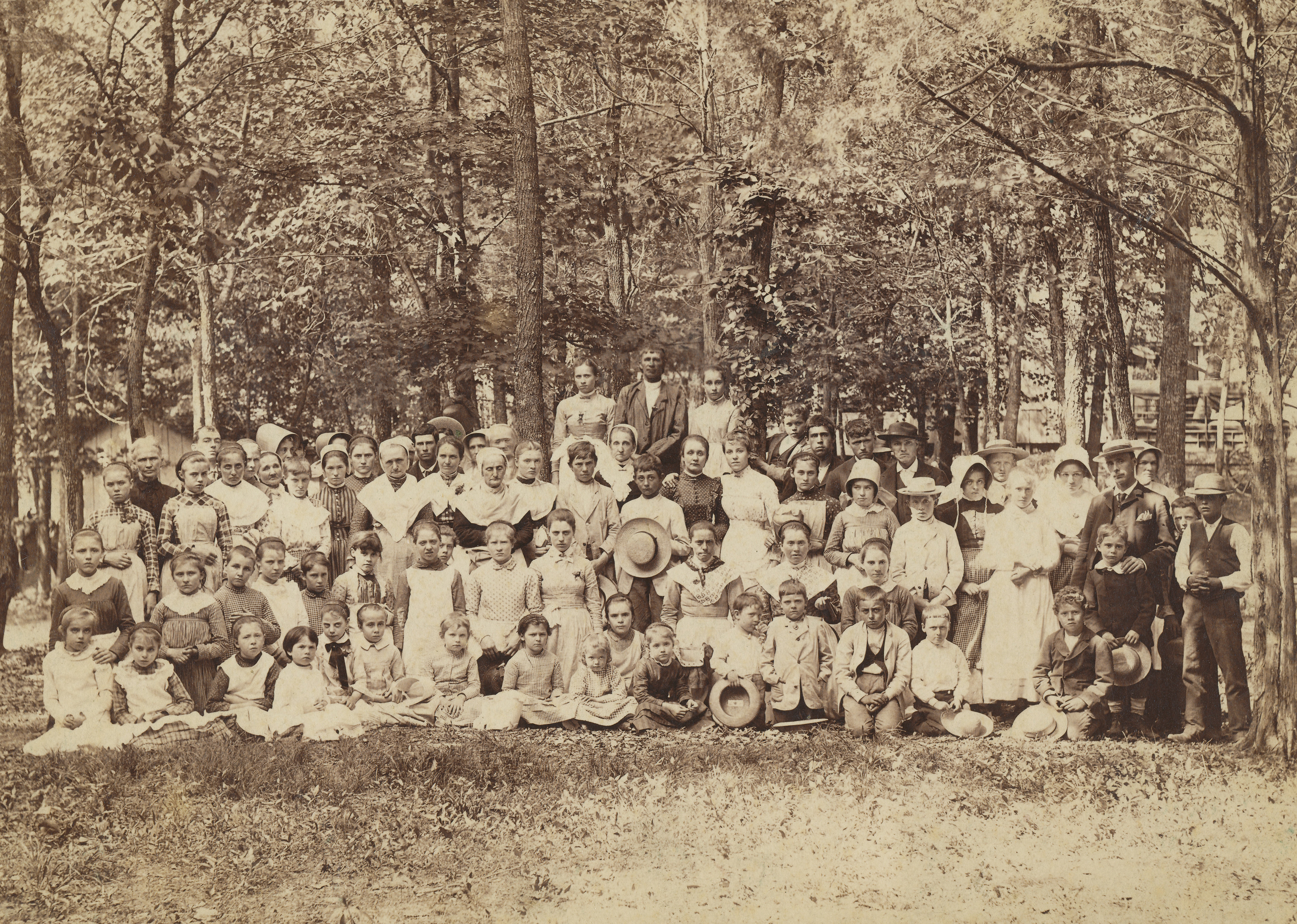As fall rapidly approaches, the summer stalwarts of the garden often choose to go out with a bang. Tomatoes ripen at twice the rate of past weeks, as do the peppers. No crop displays this late season grandeur more dramatically than okra. This rarely recognized, often misunderstood plant thrives during summer’s most relentless heat more so than all the rest and likewise is the first to show signs of the cooler nights. This is the time it’s been waiting for—as have we.

The magnificent flowers that precede the okra pods last longer into the day, thanks to the cooler weather, and are perhaps the most striking flowers to grow in the garden all year. Closely related to hibiscus, they put on quite a show, perched atop 6-ft. plants and producing new flowers at break-neck pace. What comes next are the fruits, which seem to grow at twice the rate the flowers do. Often three harvests per week is not enough to stay on top of the onslaught. By now, we’ve used the pods for nearly everything we can think of, and large pots of gumbo seem increasingly appropriate as we begin to add layers of clothing in the evenings.
Throughout the season, some of the pods just slip past us. Mortal gardeners are rarely able to get them all before they go tough and so they accumulate. These striped and dried oddities—often in excess of 8 inches—will have other novel uses. The seeds rattle more as the pods dry out, making them a fine choice for Halloween garlands. The choicest of these, however, have an even deeper purpose—to ensure the next generation. We’ve been saving our own okra seeds for three years now, and each year our plants grow more accustomed to our soils and our practices—and perhaps, even to us. Soon these plants will be at the mercy of winter, an ordeal they will not survive, but they’ve made it easy for us to ensure we’ll be enjoying them for years to come.
The Trustees’ Table is making okra soup, sautéing it with fresh tomatoes as a side dish and pickling it to serve in relish bowls. The next time you join us for a meal, ask about the okra and tell ’em Dylan sent ya!
Dylan Kennedy is the farm manager. An avid mountain biker and traveler, he has farmed as far and wide as…
